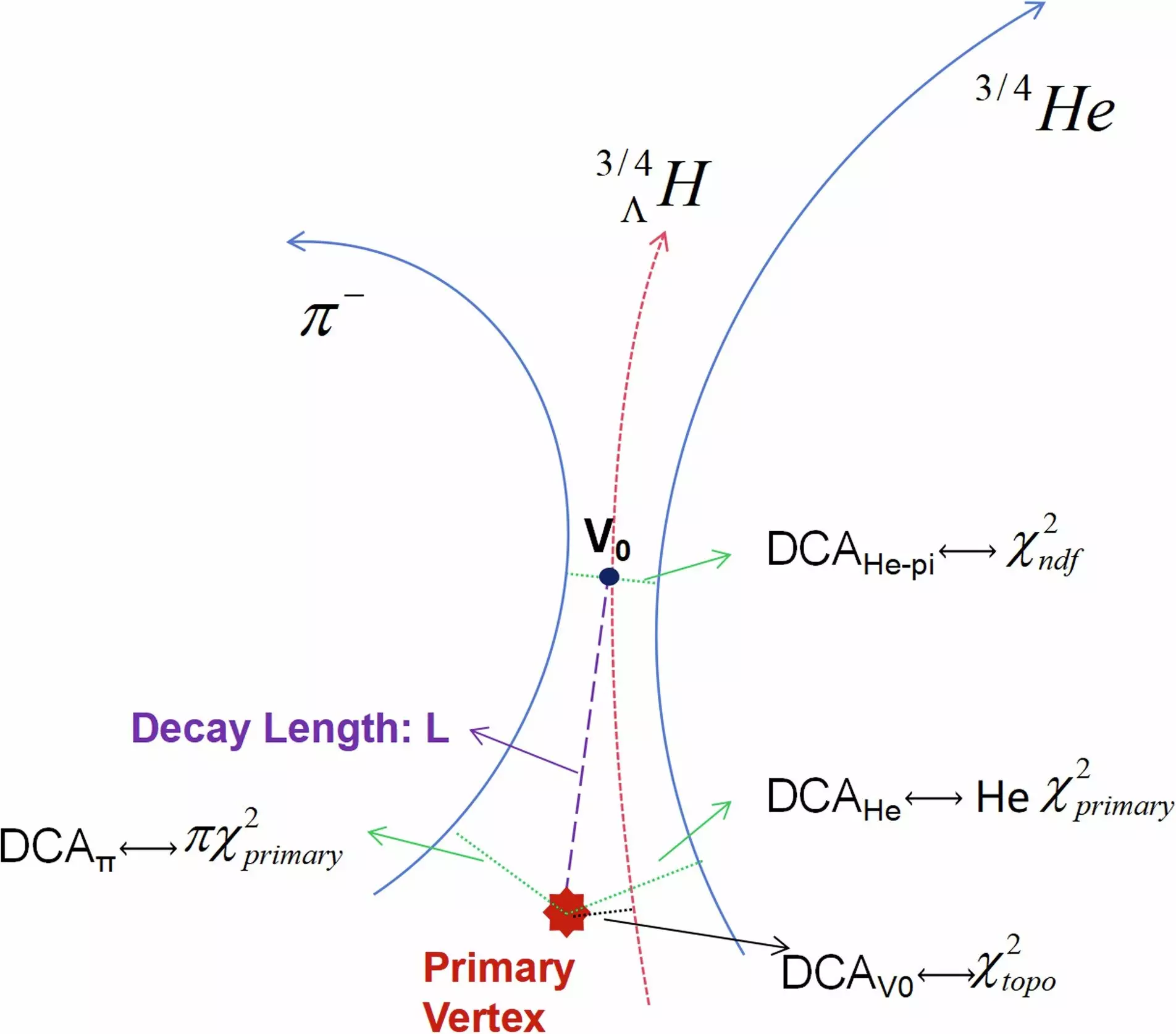Antimatter, a concept less than a century old, has puzzled scientists with its implications for the nature of the universe. In the early 20th century, physicist Paul Dirac’s theory predicted the existence of antiparticles with opposite electric charge to their normal matter counterparts. Since then, various experiments have confirmed the presence of antimatter equivalents to fundamental particles like electrons, protons, and neutrons.
Recently, a groundbreaking experiment at the Brookhaven National Lab in the US detected the heaviest “anti-nuclei” ever observed. These antimatter nuclei, including an antihypernucleus composed of one antiproton, two antineutrons, and an antihyperon, provide valuable insights into the properties of antimatter. The experiment, known as the STAR experiment, involved smashing heavy elements together at high speeds to recreate the conditions of the early universe.
One of the key mysteries surrounding antimatter is its scarcity in the universe compared to ordinary matter. According to theories of the Big Bang, equal amounts of matter and antimatter should have been created at the beginning of the universe. However, observations reveal a universe dominated by regular matter, raising questions about the fate of antimatter. The detection of antimatter particles in experiments like the STAR experiment sheds light on the potential connections between antimatter and dark matter.
Dark matter, a mysterious substance that makes up a significant portion of the universe’s mass, has never been directly observed. Some theories propose that dark matter particles could interact with each other to produce antimatter particles like antihydrogen and antihelium. Detecting these antimatter signatures in space, such as through the Alpha Magnetic Spectrometer aboard the International Space Station, could provide crucial insights into the origins of dark matter and its relationship to antimatter.
While significant progress has been made in understanding antimatter over the past century, many questions remain unanswered. Experiments like the Large Hadron Collider’s LHCb and Alice are actively investigating the behavior of antimatter compared to ordinary matter. By exploring potential differences between the two, scientists hope to unravel the mysteries of antimatter and its role in the universe. As research progresses, the connections between antimatter, dark matter, and the fundamental nature of the cosmos may become clearer.
The study of antimatter continues to captivate scientists and researchers around the world. With each new discovery, our understanding of the universe’s composition and evolution deepens. The detection of exotic antimatter particles at the Brookhaven National Lab represents a significant step forward in the quest to unravel the mysteries of antimatter and its connections to dark matter. As technology advances and experiments yield more data, we inch closer to unlocking the secrets of the universe’s most enigmatic components.


Leave a Reply